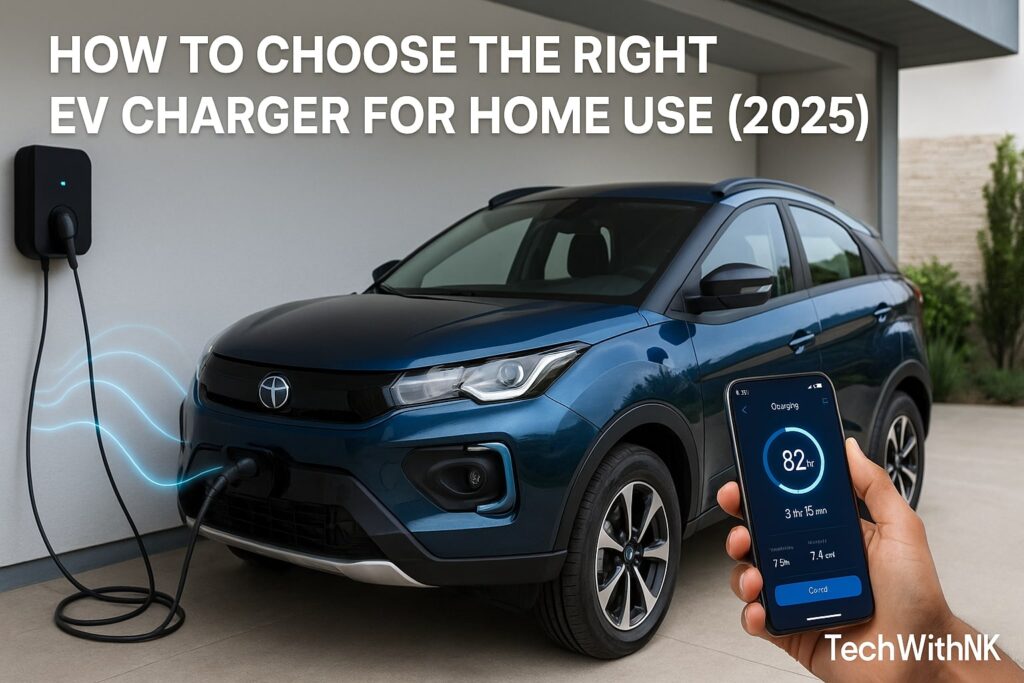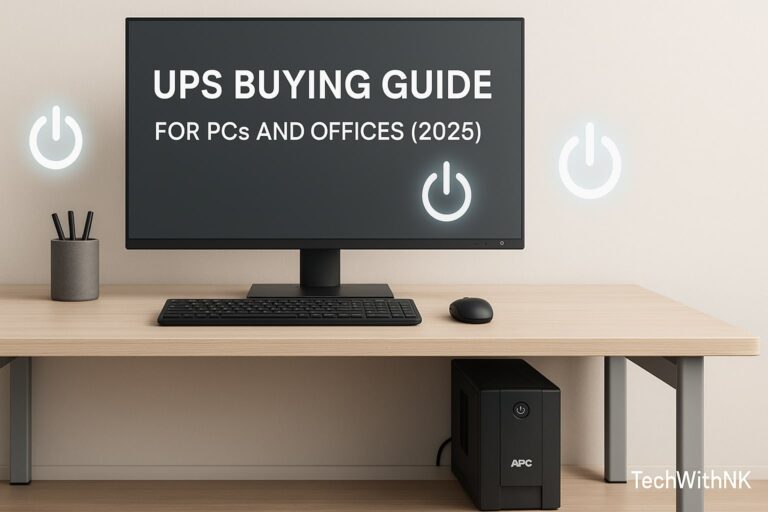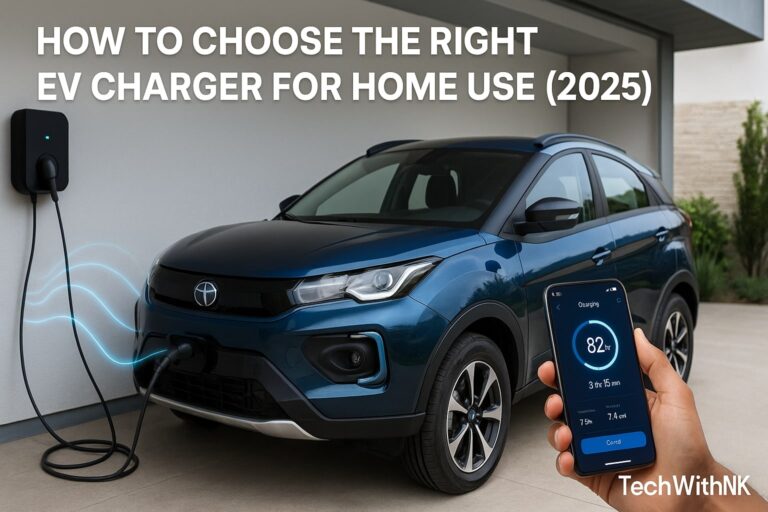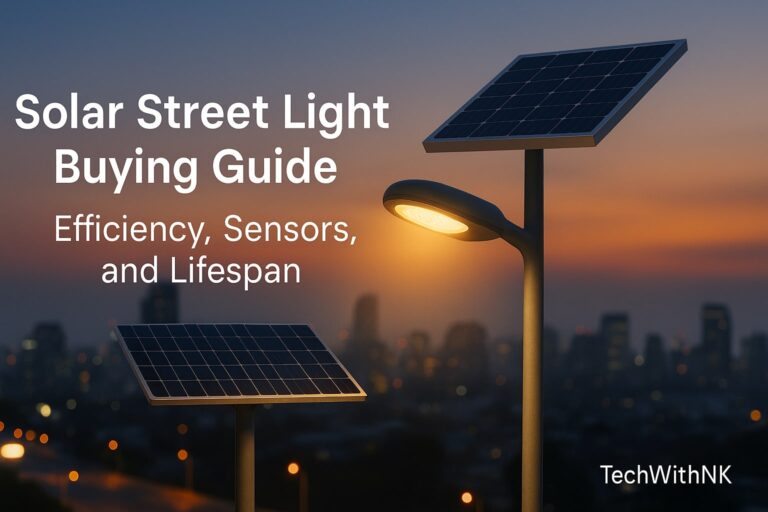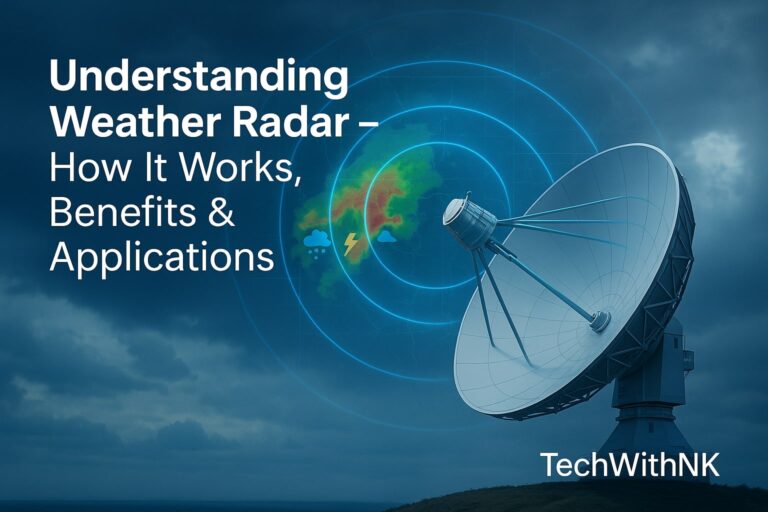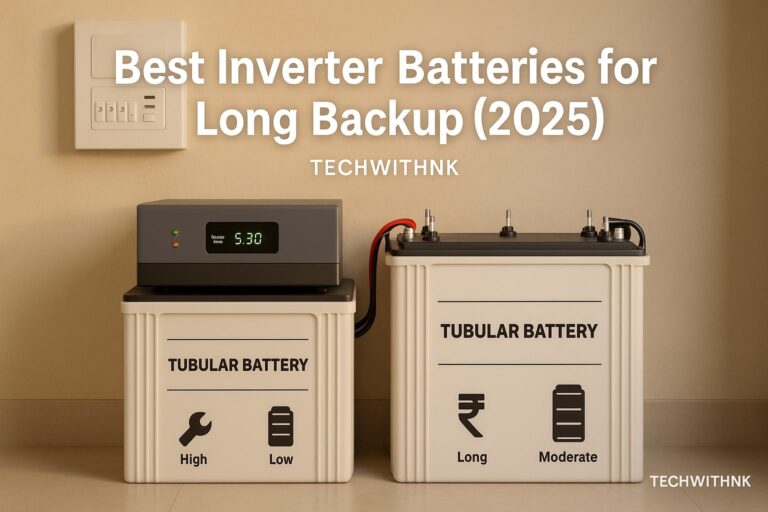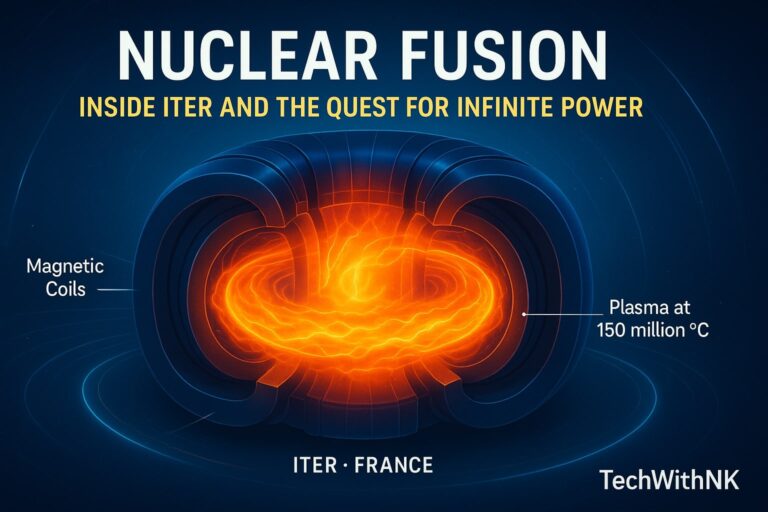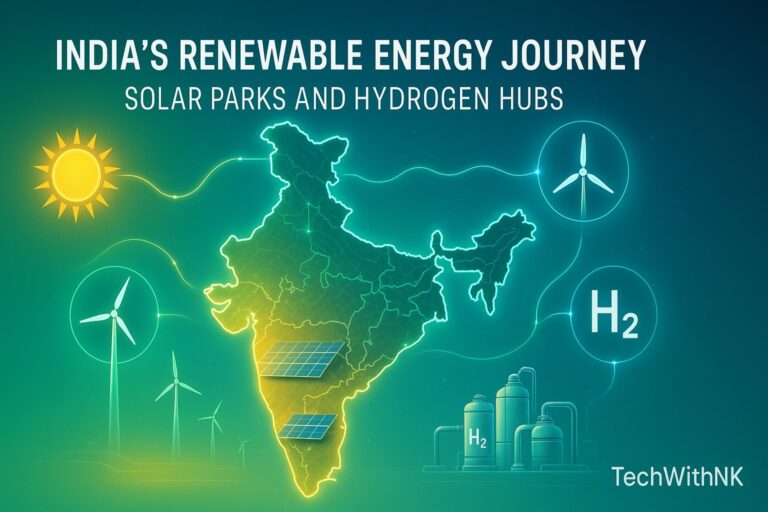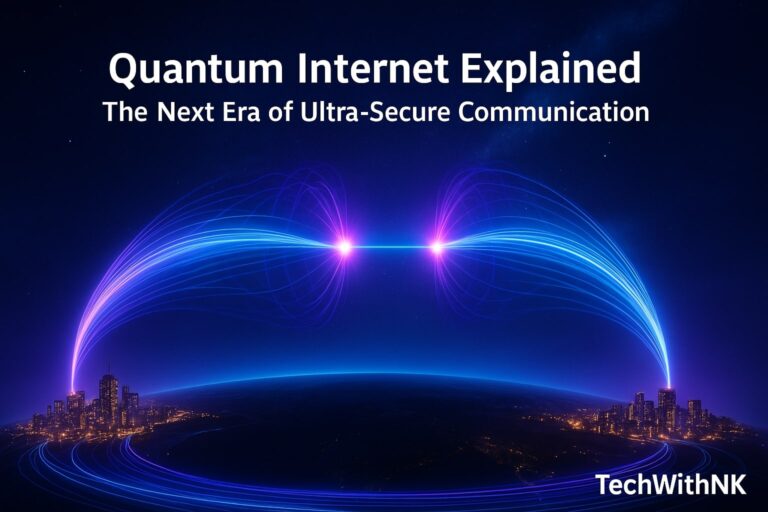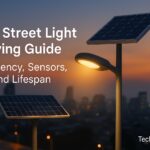⚡ Introduction – Why a Dedicated EV Charger for Home Matters
As electric vehicles (EVs) become mainstream in India, installing the right EV charger for home is no longer a luxury — it’s a necessity. Relying solely on public charging stations can be inconvenient and time-consuming. Having a home EV charger ensures your car is always ready to go, saves charging costs, and increases battery health through stable power delivery.
In 2025, most new electric cars like Tata Nexon EV, MG ZS EV, and BYD Atto 3 come with a basic portable charger. But to unlock faster charging speeds, safety, and convenience, a dedicated wall-mounted EV charger (Wallbox) is the smarter choice for every EV owner.
🔌 1. Types of EV Chargers for Home Use
When you plan your EV charging setup, it’s essential to understand the three main levels of EV chargers. Let’s break them down:
Level 1 – Portable Plug-In Charger
Input: 230V AC (standard 3-pin home socket)
Speed: 8–12 hours for a full charge (slow)
Ideal for: Daily commute cars under 100 km/day
Pros: No extra installation needed, plug & play
Cons: Slow charging, less safe for long use
Example: Tata Nexon EV’s standard 15A portable charger.
Level 2 – Wallbox Home Charger (AC Fast Charger)
Input: 230V single-phase or 415V three-phase
Speed: 4–6 hours for full charge (up to 7.4 kW)
Ideal for: All modern EVs, family cars, and SUVs
Pros: Fast, smart features, safe installation
Cons: Requires electrician and dedicated wiring
Popular Wallbox Brands in India (2025):
Tata Power EZ Home Charger, Delta AC Mini Plus, ABB Terra AC, and Exicom ChargeStar.
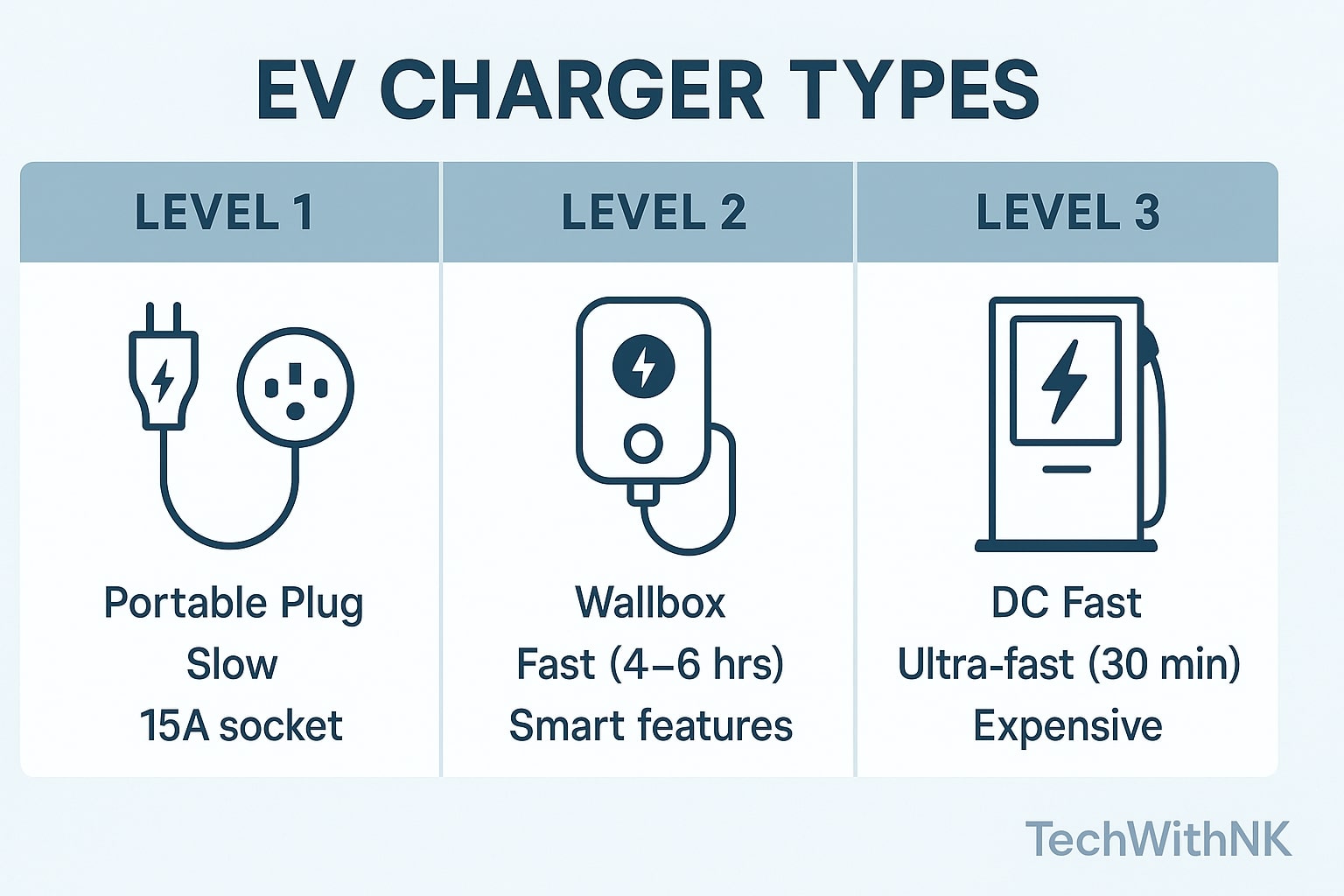
Level 3 – DC Fast Charger (High-Power EVSE)
Input: 480V DC (industrial setup)
Speed: 30–60 minutes for 80% charge
Ideal for: Commercial buildings, fleets
Pros: Ultra-fast charging
Cons: High cost, not suitable for most homes
💡 For Indian households, Level 2 wallbox chargers are the most practical and efficient choice.
⚙️ 2. Charging Connector Types (Know Your Plug)
Different EV models support different plug standards. When choosing an EV charger for home, always check your vehicle’s connector type.
| Charger Type | Plug Standard | Compatible Vehicles (India) |
|---|---|---|
| Type 2 (AC) | European standard | Tata Nexon EV, MG ZS EV, Hyundai Kona |
| GB/T (DC) | Chinese standard | Older Tata Tigor EV (fleet models) |
| CCS2 (DC) | Combined Charging System | Most new EVs (BYD, Hyundai, Mahindra XUV400) |
✅ For Indian homes, a Type 2 AC wallbox charger is the most common and future-proof option.
🚗 3. EV Charging Speed – How Fast Can You Charge at Home?
Charging speed depends on both the charger capacity (kW) and your vehicle’s onboard charger.
| Charger Capacity | Charging Time (Approx.) | Example EVs |
|---|---|---|
| 3.3 kW (Portable) | 8–10 hours | Tata Tigor EV |
| 7.4 kW (Wallbox) | 4–6 hours | Nexon EV Max, MG ZS EV |
| 11 kW (3-Phase) | 3–5 hours | BYD Atto 3, Hyundai Ioniq 5 |
💬 Pro Tip: Choose a 7.4 kW wallbox charger — it offers the best balance between cost, charging speed, and compatibility for home EV chargers in India.
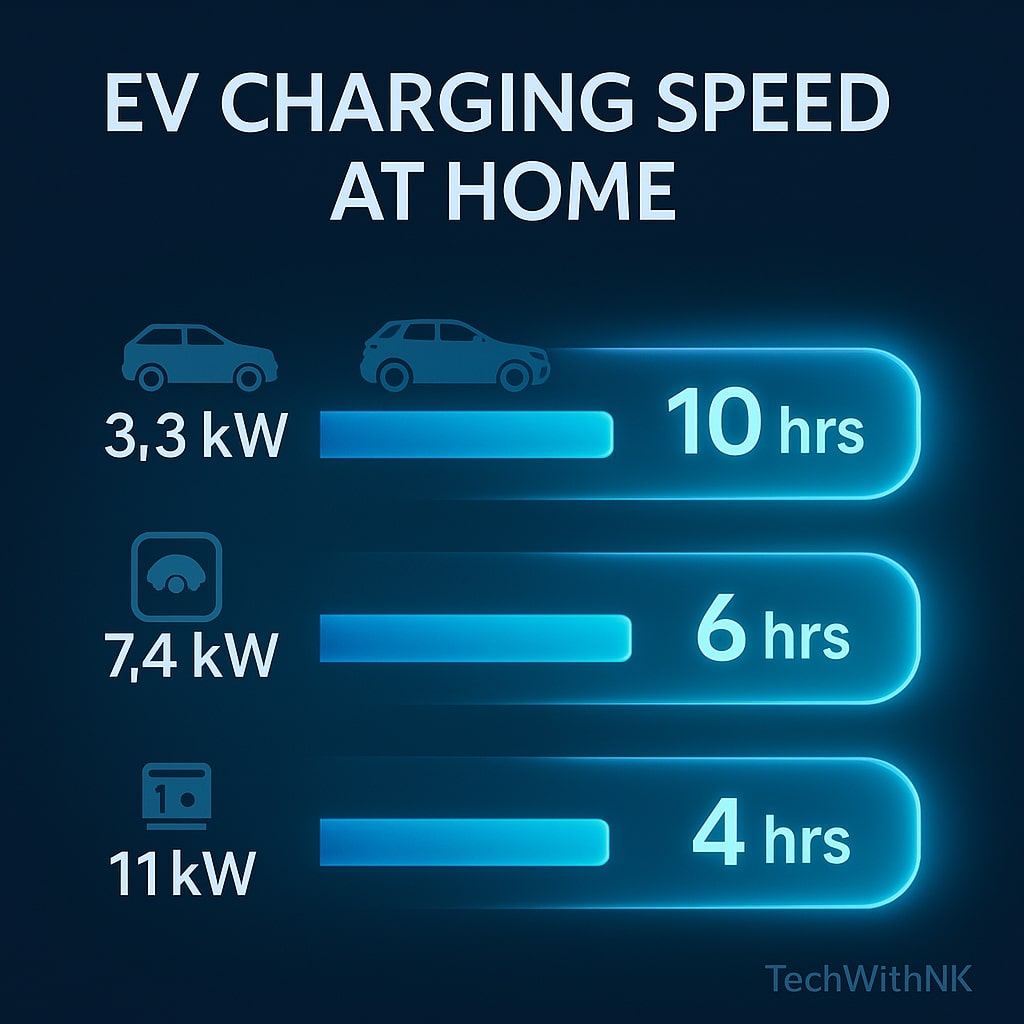
🧱 4. Installation Requirements & Cost in India (2025)
Proper installation is crucial for a safe EV home charging setup. Avoid using random extension cords — instead, get a certified EVSE installation by an authorized technician.
Installation Steps:
Site Inspection: Check existing wiring and meter load.
Dedicated MCB & Earthing: Prevent overload and shock.
Charger Mounting: Wall or pole-mounted near parking.
Smart App Configuration: Wi-Fi or Bluetooth control setup.
Installation Cost (India 2025):
| Component | Approx. Cost (₹) |
|---|---|
| Wallbox Charger (7.4 kW) | ₹45,000 – ₹80,000 |
| Installation & Wiring | ₹5,000 – ₹15,000 |
| Earthing & Breakers | ₹3,000 – ₹5,000 |
| Total (Approx.) | ₹55,000 – ₹1,00,000 |
Top Installer Providers: Tata Power EZ Charge, Statiq, Charge+Zone, and BSES (Delhi).
🧠 5. Smart Features to Look For in a Home EV Charger
Modern home EV chargers come with intelligent features that enhance user experience and safety.
| Feature | Description |
|---|---|
| Wi-Fi / App Control | Start/stop charging, track kWh usage. |
| Load Management | Balances home electricity usage. |
| Scheduling Mode | Charge during night-time (low tariff). |
| OCPP Support | Open communication for future updates. |
| Auto Cut-Off & Surge Protection | Prevents overcharge & electrical faults. |
Recommended Models (2025):
Tata Power EZ Wallbox 7.4kW – Smart app, auto power cut-off.
Delta AC Mini Plus – Compact design, Type 2 socket.
ABB Terra AC 11kW – Premium build, Wi-Fi and OCPP support.
🔋 6. EV Charger Safety Tips for Home
Safety is the most important factor when installing an EV charger for home. Follow these guidelines:
Always use BIS-certified chargers (IS 17017 standard).
Ensure proper earthing and use an RCCB (Residual Current Circuit Breaker).
Avoid regular 15A sockets for long hours of charging.
Keep cables away from heat or water.
Do not overload the same circuit that powers AC or geysers.
Hire licensed electricians for EVSE installation.
💡 Bonus: If your society or apartment has a shared parking setup, get written permission and load approval from your DISCOM before installation.
💰 7. Cost vs Convenience – Why Home EV Charging Wins
Public charging stations cost ₹15–₹25 per kWh, while home EV charging costs only ₹7–₹9 per kWh on average. Over a year, that’s a saving of ₹10,000–₹20,000.
| Mode | Cost per kWh | Convenience | Speed |
|---|---|---|---|
| Home Wallbox | ₹7–₹9 | Very High | 4–6 hrs |
| Public AC | ₹15 | Medium | 4–6 hrs |
| DC Fast | ₹20–₹25 | High | 30–60 min |
👉 For daily use, the home EV charger is the most cost-effective and hassle-free option.
🏠 8. EV Home Charging Setup Ideas
Here are some neat home charging setup ideas for Indian homes:
Garage Wall Mount: Compact unit with cable holder.
Outdoor Parking: Weatherproof enclosure (IP65).
Smart Home Integration: Sync with solar inverter or smart meter.
Dual Charger Setup: For two EVs (husband-wife car scenario).
Pro Tip: If you have solar panels installed, pair your EV charger for home with a solar inverter for zero-emission charging.
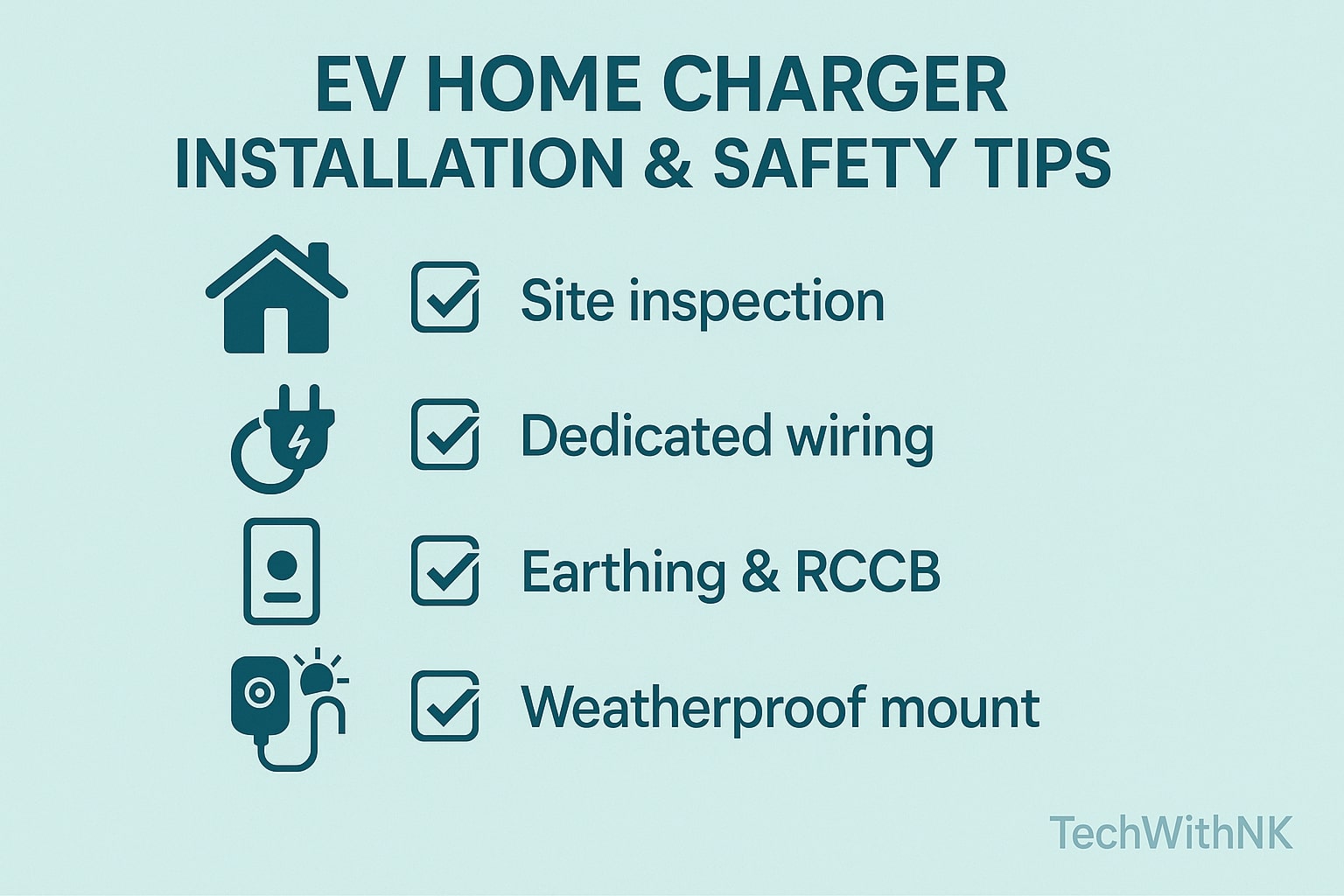
🌿 9. Future of EV Home Charging in India
The Indian EV ecosystem is evolving rapidly. Government initiatives under FAME-II and EV Policy 2030 are supporting residential EVSE installations through subsidies and net-metering incentives.
Upcoming trends:
Bi-directional V2G Chargers – Power your home using EV battery.
Solar-Integrated Chargers – Green energy + EV convenience.
App-Linked Tariff Optimization – Charge when electricity is cheapest.
By 2027, nearly every new EV sold in India will be compatible with smart home charging.
🧾 10. Final Buying Checklist
Before buying your EV charger for home, verify these key points:
✅ Compatible connector type (Type 2 / CCS2)
✅ Rated for 7.4kW or 11kW AC
✅ BIS/IS 17017 certification
✅ Surge protection and smart features
✅ Installation support from authorized vendor
✅ After-sales warranty (minimum 2 years)
🏁 Conclusion – Charge Smart, Drive Electric
Choosing the right EV charger for home is all about balancing speed, safety, and smart technology. For most Indian homes, a 7.4kW Type 2 wallbox charger offers the best long-term value. It’s fast, reliable, and future-ready.
Whether you own a Tata Nexon EV, MG ZS EV, or BYD Atto 3, installing a smart home EV charger transforms your daily routine — plug in at night and wake up fully charged every morning.
Which type of EV charger is best for home use?
For Indian homes, a Level 2 wallbox EV charger (7.4 kW Type 2) is the best option. It offers fast charging (4–6 hours for most EVs), smart features, and higher safety compared to standard portable chargers. Brands like Tata Power EZ, Delta, and ABB are popular choices in 2025
How much does it cost to install an EV charger at home in India?
The total installation cost of a home EV charger typically ranges from ₹55,000 to ₹1,00,000, including the wallbox unit, wiring, and earthing setup. The exact cost depends on charger capacity, cable length, and whether your home uses a single-phase or three-phase power supply.
Is it safe to use a normal 15A socket for charging my EV?
While possible, it’s not recommended for regular use. A 15A socket (Level 1) is slow and may cause overheating over long hours. For daily charging, a dedicated wallbox home charger with earthing, MCB, and RCCB protection is far safer and more efficient.
